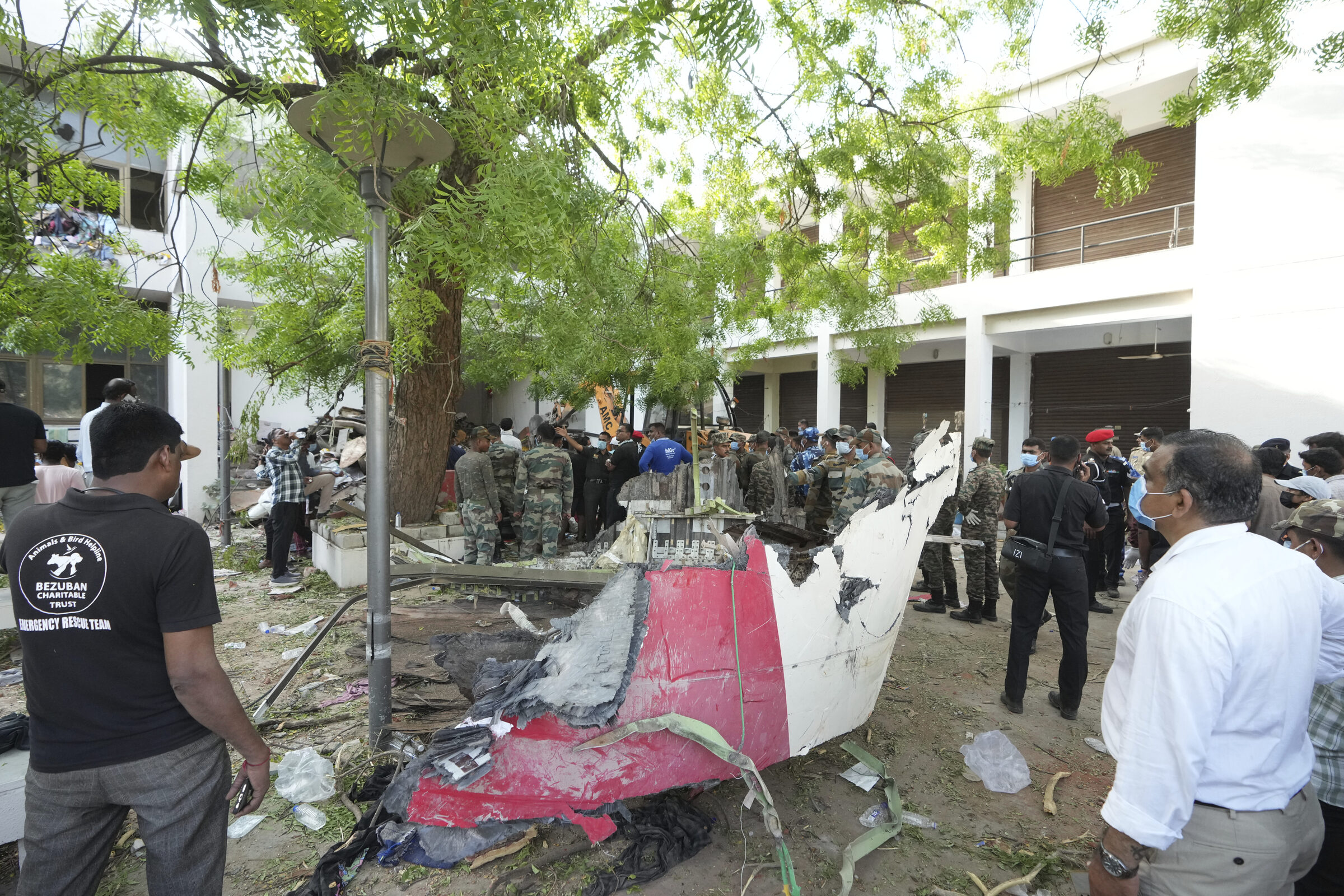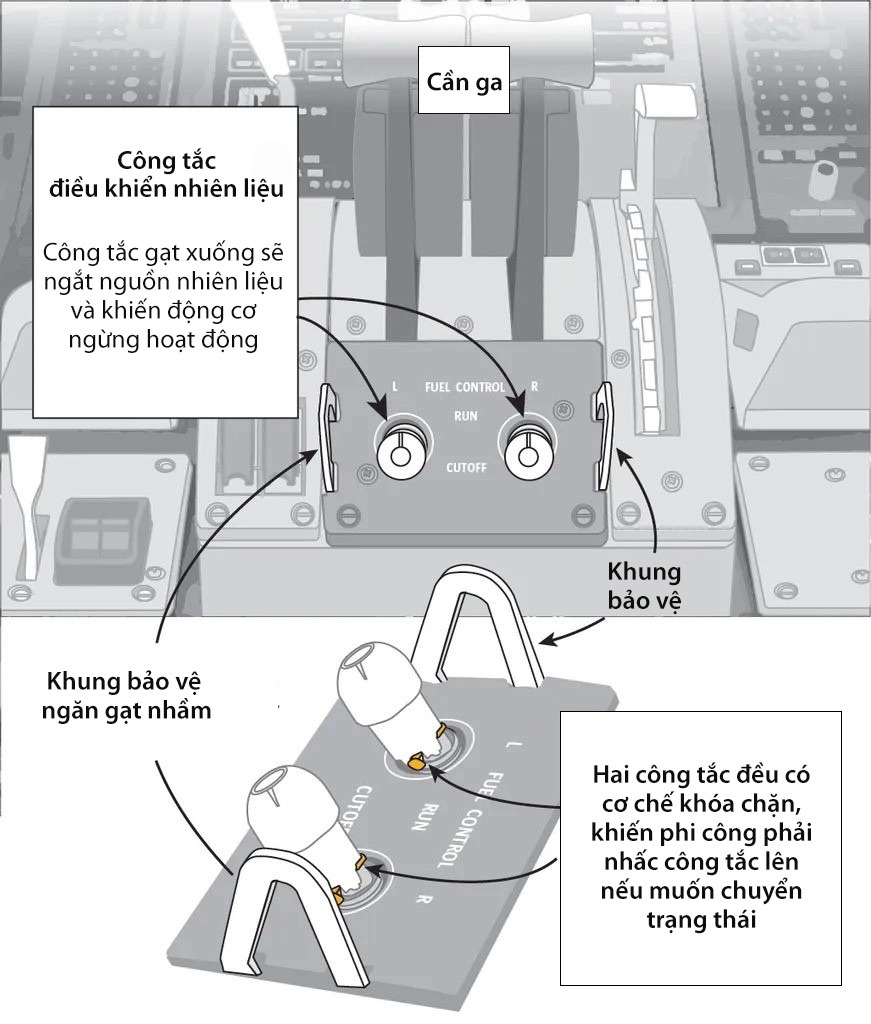"We urge the public and the media not to spread premature speculation that could affect the objectivity and integrity of the investigation," GVG Yugandhar, director general of India's Aircraft Accident Investigation Bureau (AAIB), said today.
The AAIB is leading the effort to determine why the Air India Boeing 787, carrying 242 people, crashed in Gujarat last month. The accident killed a total of 260 people, including 241 on board and 19 on the ground. Only one British passenger survived.
 |
Debris from the Boeing 787-8 at the scene in Ahmedabad, Gujarat, India on 12/6. Photo: AP |
Debris from the Boeing 787-8 at the scene in Ahmedabad, Gujarat, India on 12/6. Photo: AP
Yugandhar spoke after the Wall Street Journal, citing sources, reported on 16/7 that the cockpit voice recorder indicated the captain had moved the fuel control switches for both engines from the "run" to the "cutoff" position. The first officer expressed surprise and then panic, while the captain appeared to remain calm.
The captain on the flight was 56-year-old Sumeet Sabharwal, and the first officer was 32-year-old Clive Kunder, with 15,638 and 3,403 flight hours, respectively. When the AAIB released the recording on 12/7, it didn't specify which pilot spoke which words.
The AAIB urged the public to wait for the agency to complete its investigation and issue a final report. "The AAIB's preliminary report is only intended to provide information about what happened. It is too early to draw conclusions at this time," the AAIB stated.
 |
Location of the fuel control switches on a Boeing 787. Graphic: Seattle Times |
Location of the fuel control switches on a Boeing 787. Graphic: Seattle Times
The fuel control switches regulate the fuel valves to the engines. In the run position, the valves open and supply fuel for engine operation. When the switch is moved to the cutoff position, the fuel supply is cut off, and the engines stop completely.
Boeing has placed guards on either side of the switches. Each switch is fitted with a locking mechanism and a spring to keep it in a fixed position. To change the switch's state, the pilot must grip the knob, pull it up with a certain amount of force, and then move it. The "run" and "cutoff" positions are also clearly marked on the control panel.
According to aviation safety experts, the scenario of the Air India pilot accidentally switching off both engines simultaneously is almost impossible.
India has asked its airlines to check the fuel control switches on certain Boeing models. AFP, citing an internal Air India memo, reported that the airline has not found any issues related to the fuel control switches in its fleet.
Nhu Tam (According to Reuters, NDTV)












